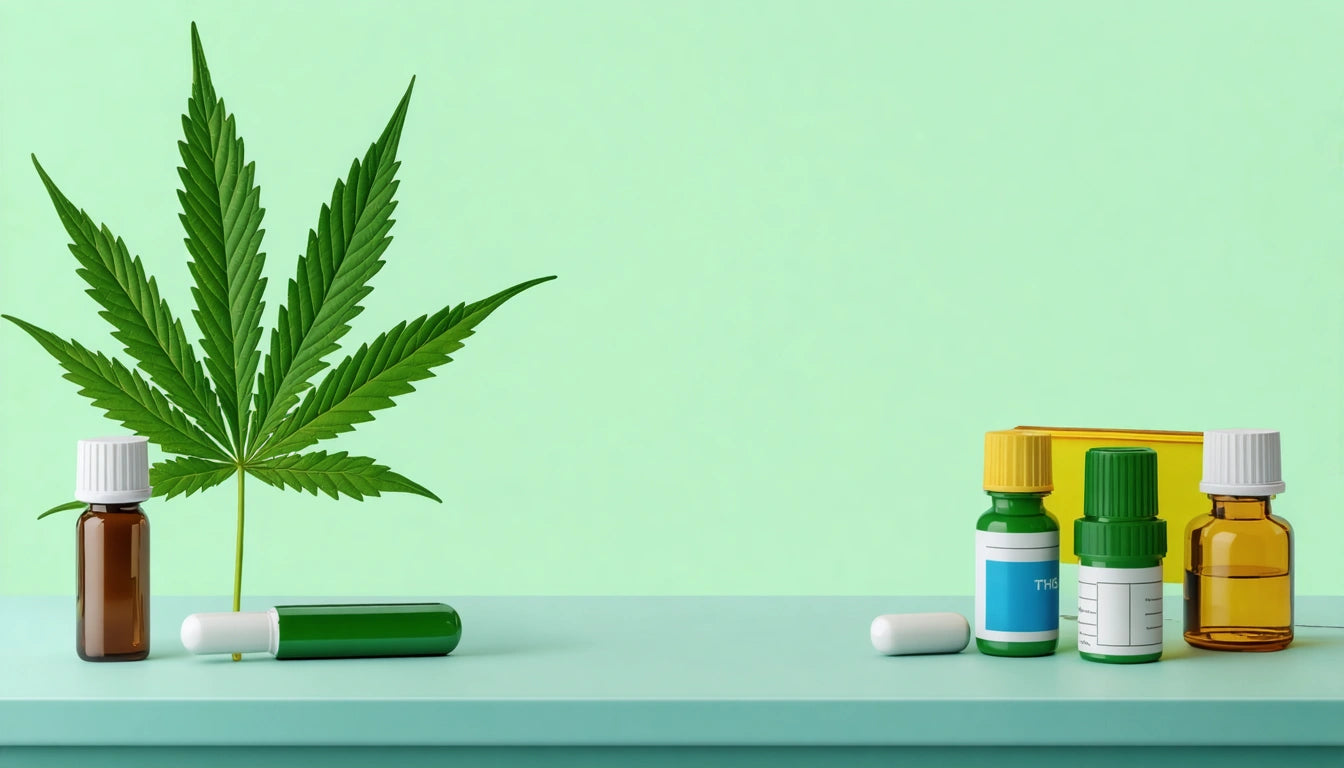Table of Contents
How Long Does Weed Stay Detectable in a Urine Test?
Understanding how long weed shows up in urine tests is crucial for many cannabis users facing workplace screenings or other drug testing situations. Urine tests remain the most common method for detecting THC metabolites, with detection windows varying significantly based on several factors. This guide provides evidence-based information on cannabis detection periods and the variables that influence how long marijuana remains detectable in your system.
Detection Windows for Cannabis in Urine Tests
The timeframe for how long weed will show up in a urine test varies considerably depending on usage patterns. According to detailed research on detection windows, the general guidelines are:
- Single use (first-time users): 3-5 days
- Moderate use (2-4 times per week): 5-10 days
- Heavy use (daily): 10-30 days
- Chronic heavy use (multiple times daily): 30+ days, potentially up to 90 days
These timeframes represent averages, and individual results may vary based on personal factors. THC metabolites are fat-soluble, meaning they can be stored in fat cells and released gradually over time, particularly in chronic users.
Factors Affecting How Long Weed Shows in Urine
Usage Frequency and Duration
The most significant factor determining how long weed shows up in a urine test is your consumption pattern. As detailed in this comprehensive guide, occasional users clear THC metabolites faster than regular users, whose bodies accumulate higher concentrations over time.
Potency and Consumption Method
Higher THC content products lead to longer detection windows. Concentrates and edibles typically result in more prolonged detection periods compared to flower. When processing cannabis products in our facilities, we use specialized filling equipment for precise dosing of concentrates, which helps manufacturers maintain consistent potency levels that consumers should be aware of when considering potential detection times.
Metabolism and Body Composition
Individual metabolic rates significantly impact how quickly THC metabolites are eliminated. People with higher metabolisms generally process and eliminate THC faster. Body composition matters too, as research indicates that individuals with higher body fat percentages may retain THC metabolites longer since these compounds are fat-soluble.
Urine Testing Methods and Sensitivity Levels
Standard urine tests typically screen for THC-COOH, the main metabolite of THC. The initial immunoassay test has a cutoff level of 50 ng/mL in most cases. If this preliminary screen is positive, a confirmatory gas chromatography/mass spectrometry (GC/MS) test with a lower cutoff of 15 ng/mL is often performed.
These sensitivity thresholds are important to understand because they determine whether your test will register as positive. As this detailed analysis explains, the lower the cutoff threshold, the longer the detection window.
How Cannabis Metabolism Works in the Body
When cannabis is consumed, THC enters the bloodstream and is quickly metabolized by the liver into various metabolites, primarily THC-COOH. This metabolite is not psychoactive but is what drug tests detect. Understanding this process helps explain why detection windows vary so widely.
The liver converts THC into metabolites that are gradually eliminated through urine and feces. According to experts in cannabis metabolism, this process happens in two phases:
- Phase 1: THC is converted to 11-OH-THC (which is still psychoactive)
- Phase 2: 11-OH-THC is further metabolized to THC-COOH (non-psychoactive but detectable)
This metabolic process explains why the psychoactive effects of cannabis wear off long before the substance becomes undetectable in urine tests.
Preparation Strategies for Upcoming Urine Tests
Abstinence Timeline Planning
The most reliable approach is to stop consumption with enough buffer time based on your usage pattern. For occasional users, 1-2 weeks is typically sufficient, while heavy users should consider 4-6 weeks or more of abstinence to ensure clearance from their system.
Hydration and Lifestyle Factors
While no method guarantees faster elimination, certain practices may support your body's natural processes:
- Staying well-hydrated (though excessive water immediately before a test may invalidate results)
- Regular exercise (though some experts recommend avoiding exercise 24 hours before testing)
- Consuming a balanced diet rich in fiber
- Adequate sleep to support metabolic functions
It's important to note that many detox products lack scientific evidence supporting their effectiveness, and some may even trigger suspicion in testing facilities.
Understanding Test Limitations and Rights
Knowledge about testing procedures and your legal rights is valuable. This comparison of testing methods provides insight into what to expect during different types of drug screenings.
Remember that in states with legal cannabis programs, some employers have updated their policies regarding off-duty use. However, federal regulations and safety-sensitive positions typically maintain strict zero-tolerance policies regardless of state law.
Key Takeaways for Cannabis Consumers
Understanding how long weed shows up in urine tests empowers consumers to make informed decisions about their cannabis use, especially when employment or other testing situations are a concern. The wide variability in detection windows highlights the importance of considering your individual circumstances when estimating clearance times.
For those in the cannabis industry, this knowledge is equally valuable for educating customers and developing products with clear usage guidelines. As testing technologies evolve and cannabis legalization expands, we may see changes in how employers and institutions approach cannabis testing in the future.










Leave a comment
All comments are moderated before being published.
This site is protected by hCaptcha and the hCaptcha Privacy Policy and Terms of Service apply.